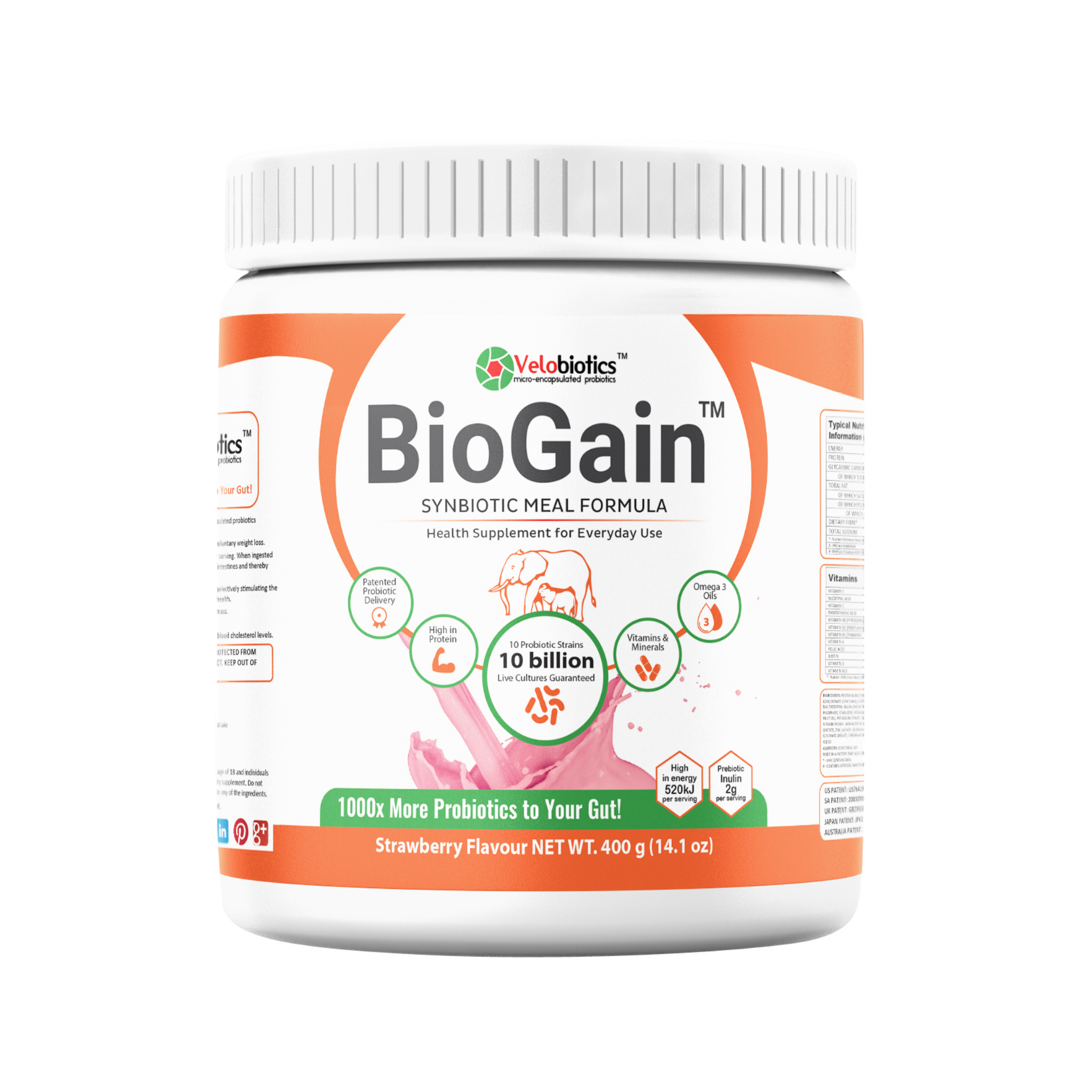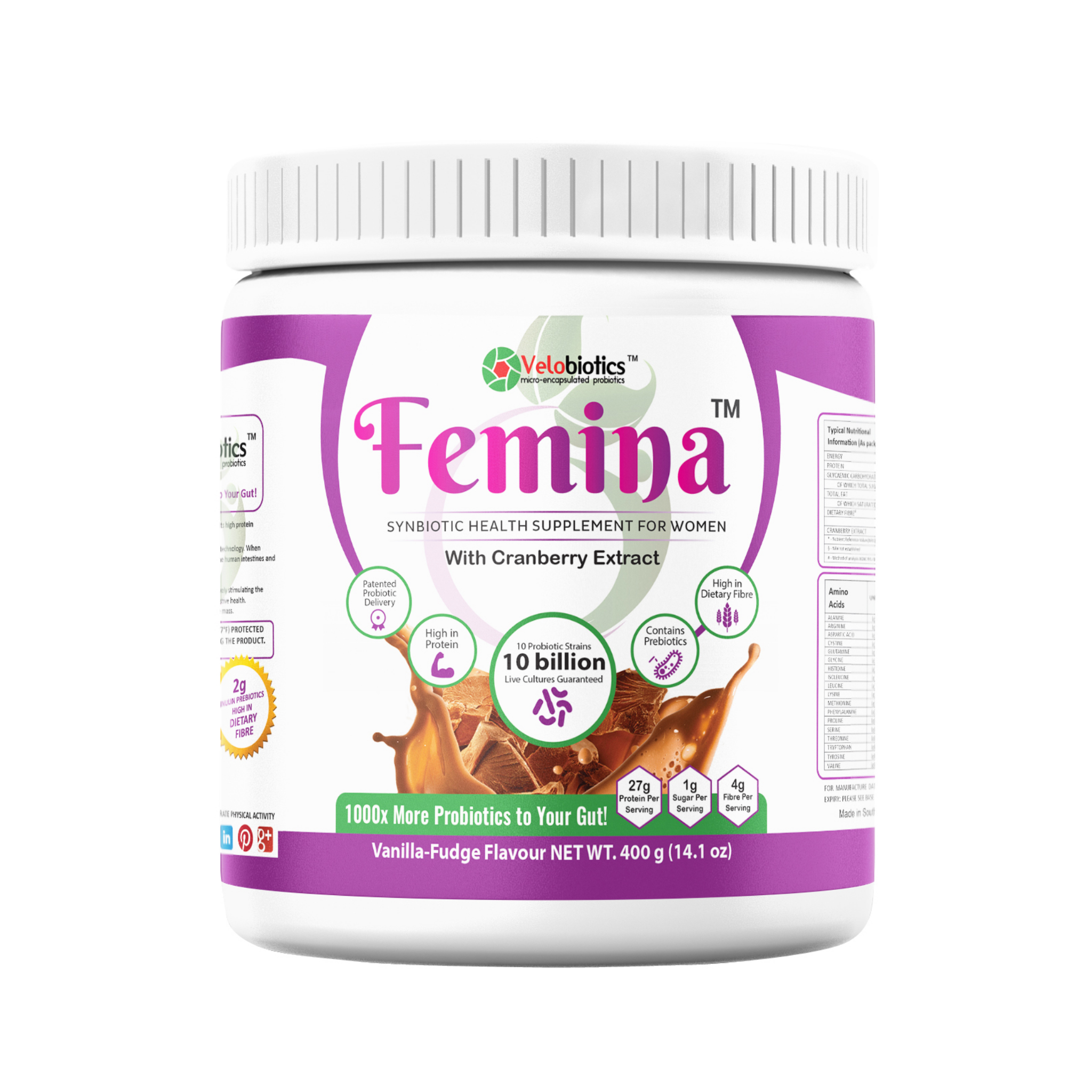The CSIR has developed and patented a novel encapsulation technology to enhance the stability and bioavailability of probiotics. This technology has been licensed to a supplier of health-promoting products that contain probiotics, vitamins and other supplements to the nutraceutical market.
The delivery of a viable colony of live probiotic to the intestines, where they impart health benefits, presents challenges to the probiotic market. Many probiotics do not meet World Health Organisation recommendations on the concentration of colony-forming units of viable probiotic bacteria for a probiotic to declare health benefits. Active probiotics typically die during manufacturing, transporting or storage. In addition, large numbers of viable probiotics are degraded in the acidic gastric juices before they reach the intestines.
A common solution to addressing this problem is to protect the probiotic via encapsulation in a protective matrix. However, conventional encapsulation methods involve the use of solvents or temperature or a combination of both. Many sensitive actives, such as proteins and bacteria, cannot be encapsulated effectively using these methods.
The CSIR innovation is based on the encapsulation of the probiotic in a pH-responsive interpolymer complex in an anaerobic supercritical carbon dioxide environment. An interpolymer complex is a system whereby two different types of polymers attract each other, usually via hydrogen bonds, to form a dense network. In acidic conditions, the attraction between the polymers is strong, while in basic conditions the molecules repel each other. Thus, the encapsulated probiotic is protected from gastric acids, while being released in the small intestines where it can impart its health benefits. In addition, the structure provides a barrier to oxygen and moisture, thereby extending the shelf-life.
Carbon dioxide is used as a process medium. It is heated and compressed, turning it into a supercritical fluid that can dissolve or liquefy substances such as drugs, lipids or polymers. The result is that an active can be blended with an encapsulating material in the complete absence of oxygen and organic solvents, while operating at very mild temperatures.



Contact Person: Dr Philip Labuschagne, @email, +12 841 2149